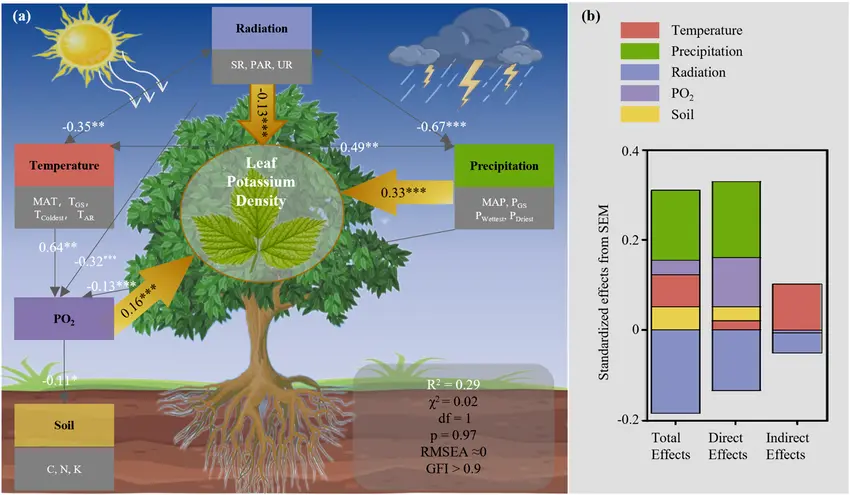The Green Engine: Dynamic Regulation of Photosynthesis for Plant Efficiency
Photosynthesis, often referred to as the "green engine" of life on Earth, is not a static process but one governed by intricate regulatory networks that respond dynamically to environmental fluctuations. To maximize energy conversion and minimize damage from excess light, plants have evolved sophisticated mechanisms such as state transitions, non-photochemical quenching (NPQ), and feedback regulation of the Calvin–Benson cycle. These systems enable real-time adjustments in light harvesting, electron transport, and carbon assimilation, ensuring optimal performance under varying conditions of light intensity, temperature, and CO₂ availability. Additionally, redox signaling and the modulation of gene expression further refine photosynthetic efficiency and stress resilience. Understanding the dynamic regulation of photosynthesis not only deepens our grasp of plant biology but also informs strategies for improving crop productivity and resilience in the face of climate change.
